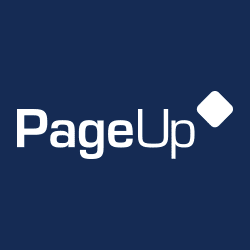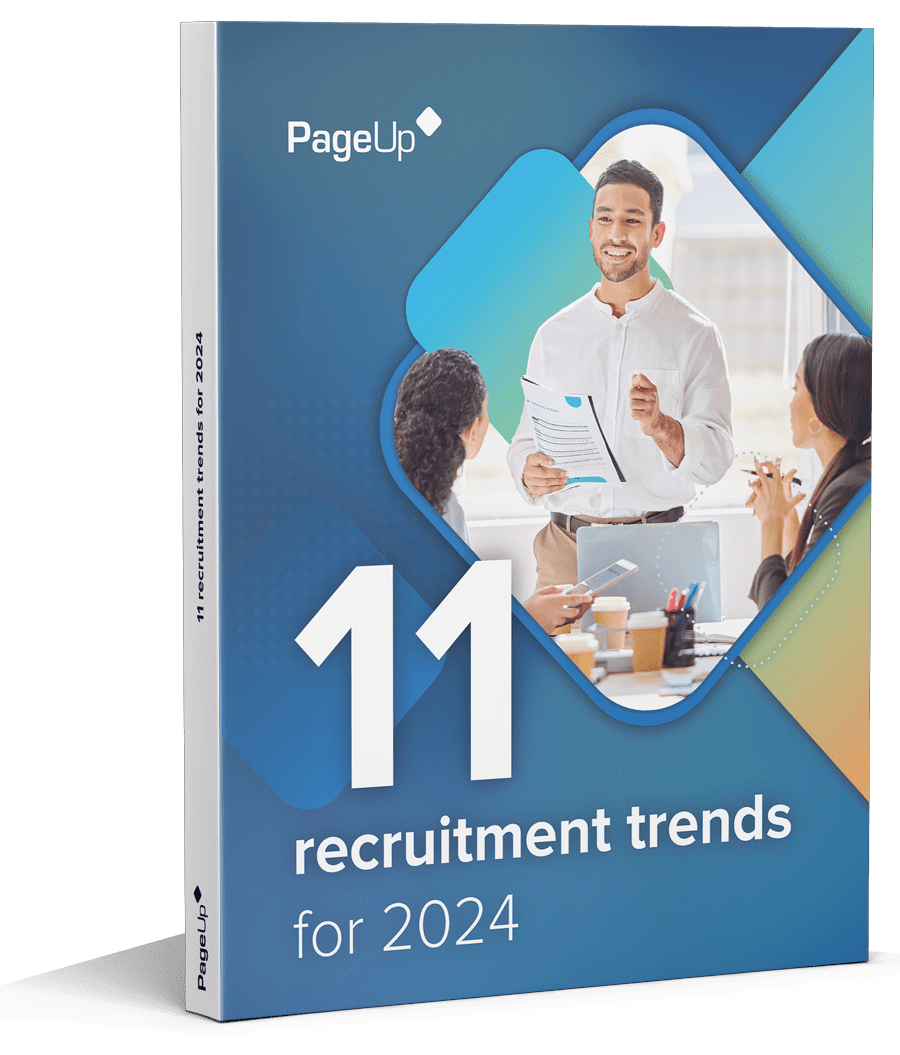My daughter tells me she wants to be lots of different things when she grows up. Gender stereotypes and a five-year old outlook colour her list of top jobs and we can expect these will continue to change. At the same time, we can be quite certain she’ll have the opportunity to “be” a lot of different things. Or at least “do” a lot of different jobs. Gone are the days of studying to qualify for one profession that defines you throughout your working life. In the future, careers will be varied and rely on continuous learning and reinvention over many decades. Longevity, combined with the sheer pace and scope of change, will necessitate this.
This is the case put forward by Sylvia Vorhauser-Smith and Karen Cariss in their latest publication, CLIFFHANGER – HR on the Precipice in the Future of Work. The authors provide a fresh perspective on the meaning of a career. They use the concepts of career portfolio and career plasticity (i.e. plastic, malleable, changing) to describe work in the future and challenge HR leaders to rethink their employment offering in this light.
The book is available to purchase via the PageUp website.
Here’s an excerpt:

Careers are Plastic and Talent is Mobile
“The future, in so many areas, is there to be shaped by us and for us; a time when the only prediction that will hold true is that no prediction will hold true.” 1
– Charles Handy
Writer, Broadcaster & Teacher
Almost everything developed for the 20th century workforce is being dismantled, disbanded, refashioned and reconstructed: career paths are no exception. The early signs date back a couple of decades when HR departments suddenly sought to emancipate employees from organisationalorganizational dependency, with programs that encouraged them to own or manage your own career. Apparently, up to this point, employees had failed to do so.
The concept of a career path may well have run its course though, unless that path has many branching side-tracks as well as junctions that lead in entirely new directions. Career mobility has always been a two-sided equation between the employer and employee: the employer presents the pathway options and the employee pursues and secures those of interest. In the digital era, workers are taking a much stronger stand in their career pursuits and the paths may not exist in their current employer or industry at all.
A study by Bersin by Deloitte reviewed the career management practices of more than 50 organisationsorganizations in an attempt to derive a best practice approach to modern day career management. Their findings pointed to no single best approach, rather a framework that reflected the differing maturities, demographics and cultures of organisationsorganizations and their employees:2
- structured career management, characterisedcharacterized by well-defined career paths aligned to the organisationalorganizational structure
- flexible career management, in which career paths are somewhat defined but can accommodate individual variation based on development needs
- open career management, which facilitates career journeys via project-based work, active internal mobility and personalisedpersonalized development, and
- transitory career management, characterisedcharacterized by task-based work and development driven by individuals that organisationsorganizations engage on a contracted basis.
Management thought leader Charles Handy wrote compelling works forecasting radical change in how we live, how organisationsorganizations function and what work would look like in the future. He envisioned, and coined, portfolio careers long before that became a mainstream concept. It would take a seismic shift in leadership mindset, organisationalorganizational structure and employee expectations to accommodate such change: a shift that has really only gained traction and become a reality in response to the disruptive forces we have unleashed in the digital age.
Already today and even more so in the future, the concepts of portfolio and plasticity will be used to describe how we approach the topic of careers.
- Portfolio: workers will have multiple jobs throughout their career (including paid work, volunteering and continuous learning) as well as multiple employers (in both the fixed and on-demand employment markets).
- Plasticity: workers will re-skill and reinvent their careers several times over, following multiple interests and enabled by open access to learning and work opportunities around the world.
The principles of portfolio and plasticity are the cornerstones of talent mobility. On a progressive career journey that could span 60 years, workers will pursue mobility on a number of levels:
- moving between jobs within an organisationorganization in pursuit of lattice or ladder career opportunities
- moving between employers and industries to broaden their experience and contacts
- moving between modes of employment (permanent, contract, freelance) to manage flexibility
- geographical moves that support life and/or career goals.
And the centerpiece of talent mobility if flexibility. Today’s workforce is seeking the freedom to choose their experience of work: the type of work they do, where, when and how work gets done and with whom they work.
Sources:
- Handy, C. (2012). The age of unreason, 2nd Ed. Random House Books, London, UK.
- Bersin by Deloitte (2016). The career management framework.
This excerpt was taken from the PageUp publication, CLIFFHANGER – HR on the Precipice in the Future of Work which addresses the major factors impacting the current HR and business landscape. To learn more about the book and download a free chapter, click here.
Fresh insights for HR
Stay up to date with HR trends, tips and more when you sign up for our industry newsletter






